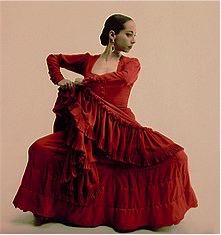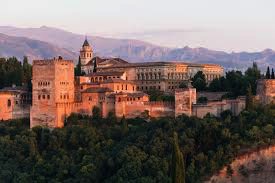Spanish gypsies and Flamenco
There are four vital ingredients to flamenco: the guitar (guitarra), the song (cante), the dance (baile), and finally the ‘duende’ – the soul. The duende arises from the deepest emotions – it is a mysterious power that cannot be articulated, it can only be felt and expressed through flamenco.
I felt the duende when I watched flamenco dancers in the caves of Sacromonte in Granada, and as I learned more about the history of this art form, I found that it was inextricably linked with the experience of gitanos, the Spanish gypsies.

Singing and dancing are fundamentals of the gitano culture. Flamenco is not just a musical art it is also a way of life, a set of attitudes, a temperament and a passion.
Gypsy ballads developed over time into the flamenco music we know now, and gitanos kept the ancient songs alive by passing them down to their children, or by selling ballad sheets from village to village.
During my research, the same names kept cropping up – this is because there were 25 major flamenco families, and most artists were related to each other in some way. The flamenco community was tight knit, and they often congregated in the Sacred Caves of Sacromonte to celebrate their art.
In 1922, the flamenco composer Manuel de Falla organised a flamenco competition in Granada to find new talent. He called it El Concurso de Cante Jondo (The Contest of the Deep Song) and it took place in the great Alhambra. Both amateurs and professionals attended the contest, and this historical event is what sparked the inspiration for the beginning of Lucía’s journey to become the most famous flamenco dancer of her generation.

The Alhambra in Granada, where the great flamenco competition took place in 1922.
